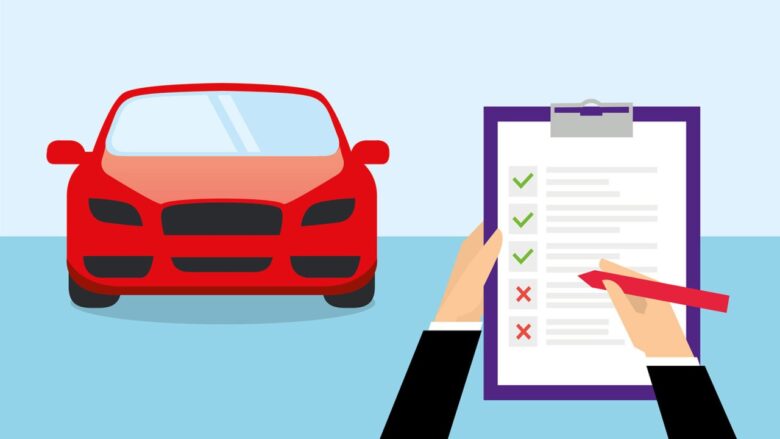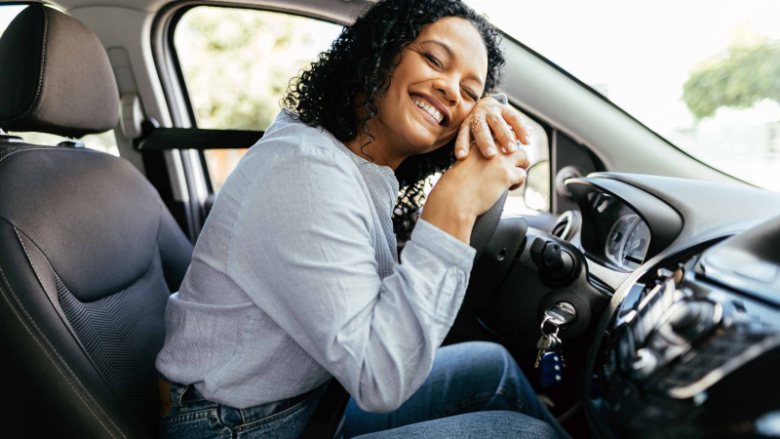Buying a used car can be a smart and economical decision, but it requires careful consideration and due diligence to ensure you get a reliable vehicle that meets your needs. There’s no quick or easy way to determine whether a second-hand car will be right for you, but following a structured approach can help you make an informed choice. Here, we outline ten must-follow steps to guide you through the process of buying a used car.
1. Define Your Requirements

Source: cardealermagazine.co.uk
The first step in buying a used model is to clearly define your core requirements. This includes identifying the primary purpose of the vehicle. Are you looking for a family car, a compact city model, or perhaps a vehicle for long-distance travel? Consider factors such as the size of the vehicle, fuel efficiency, safety features, and storage capacity. By understanding your needs, you can narrow down your options to models that will best serve your purposes.
For example, if you have a large family, you might need a vehicle with ample seating and cargo space, like an SUV or a minivan. On the other hand, if you primarily drive in urban areas with tight parking spaces, a smaller one might be more practical. Defining your requirements will save you time and help you focus on vehicles that fit your lifestyle.
2. Consider Age and Mileage
When buying a used car, age and mileage are critical factors that influence the vehicle’s price and future maintenance costs. Generally, the older the vehicle and the higher the mileage, the lower the purchase price. However, older vehicles and those with high mileage might require more frequent repairs and maintenance.
Aim to find a balance between age, mileage, and price. A relatively newer car with higher mileage might be a better option than an older car with lower mileage, as it could have been well-maintained and used primarily for highway driving, which is less stressful on the vehicle. Always check the service history to understand how well the car has been maintained.
3. Run a Vehicle History Check

A vehicle history check, often referred to as an HPI check, is essential for verifying the past. This check will reveal important information such as whether the car has been in any accidents, if it has outstanding finance, or if it has been reported stolen.
Many reputable online services offer detailed vehicle history reports for a small fee. This report provides peace of mind, ensuring that the vehicle you are considering has a clean history. If the history check raises any red flags, such as inconsistent mileage readings or records of major accidents, it’s best to reconsider your purchase.
4. Choose Reputable Platforms
Where you look for your used vehicle can significantly impact your buying experience. Not all online selling sites are genuine, and the number of unscrupulous sellers is rising. Start with reputable platforms that are known for their security and reliability. Websites like AutoTrader, Cars.com, and manufacturer-certified pre-owned programs are good places to start.
Additionally, consider visiting local dealerships, which often have certified pre-owned vehicles that come with warranties and have undergone thorough inspections. By choosing a reputable platform, you reduce the risk of falling victim to scams or buying a lemon.
5. Research and Compare

Once you have a shortlist of vehicles that meet your requirements, it’s time to do some research. Look up reviews and ratings for the models you are interested in. Pay attention to common issues, reliability ratings, and overall owner satisfaction.
Compare prices across different sellers to ensure you are getting a fair deal. Websites like Kelley Blue Book and Edmunds provide tools to check the market value of used cars based on their make, model, age, mileage, and condition. This research will help you make an informed decision and avoid overpaying.
6. Request Additional Photos
When you find a car that seems promising, don’t hesitate to ask the seller for extra photos. This might seem unnecessary, but asking for specific photos can help ensure that the seller actually owns the vehicle and that it is in the condition described.
Request photos of the car’s exterior from different angles, the interior, the engine bay, and the odometer. Look closely at the images for any signs of damage or wear that weren’t mentioned in the listing. Scammers often use stock photos or images stolen from other listings, so requesting specific photos can help you verify the car’s authenticity.
7. Inspect the Car in Person

Source: caranddriver.com
Never buy a used car without seeing it in person first. Even if the photos look good, it’s essential to inspect the car yourself to check for any hidden issues. Arrange to meet the seller in a safe, public place or at a dealership.
During your inspection, look for signs of rust, dents, and paint mismatches that might indicate past accidents. Check the tires for even wear, which can reveal alignment issues. Inside the car, test all the features, including the air conditioning, radio, and windows. Ensure that the seats are comfortable and that there are no strange odors, which could suggest water damage or mold.
8. Test Drive the Vehicle
A test drive is one of the most important steps in the process. It allows you to see how the car performs on the road and identify any potential issues. Most dealers will allow you to test drive the car if you have the relevant paperwork. Private sellers might be more cautious, but many will still agree to a test drive if you seem genuinely interested.
During the test drive, pay attention to how the car handles, the responsiveness of the brakes, and any unusual noises from the engine or suspension. Test the car at various speeds and on different road types to get a feel for its overall performance. Make sure all the lights and indicators work correctly.
9. Verify Documentation and Payment Methods
Once you’re satisfied with the car, it’s time to handle the paperwork. Ensure that the seller provides all necessary documents, including the logbook (V5C), service history, and any receipts for recent repairs or maintenance. Verify the seller’s identity and address to ensure you are dealing with a legitimate owner.
When it comes to payment, choose a method that offers some protection. Bank transfers and escrow services are generally safer than paying in cash. If you’re buying from a dealership, you may have the option to finance the vehicle, which can also provide additional consumer protections.
10. Enjoy Your New Car

Source: chase.com
After completing all the necessary checks and purchasing your vehicle, it’s time to enjoy your new set of wheels. Take some time to familiarize yourself with the car’s features and schedule any necessary maintenance. Keeping up with regular maintenance will ensure that your used car remains reliable and serves you well for years to come.
Conclusion
Buying a second-hand car involves several important steps to ensure you make a wise investment. By defining your requirements, researching thoroughly, verifying the car’s history, and inspecting and test driving the vehicle, you can avoid common pitfalls and find a car that meets your needs. Always be cautious and take your time with the process. With these steps in mind, you’ll be well on your way to purchasing a reliable and enjoyable used car.




